Ceramic Singing bowls

Meet the Voices Series
In this installment of Meet the Voices, we will introduce and give overview of ceramic/pottery singing bowls and their place in the soundscapes at Ancient Song Therapy. Brief notes will be given on their personalities, rarity, and artisans who are creating these unique instruments.
What Are Ceramic Singing Bowls?
Ceramic singing bowls are rare in the sound therapy world, and at the time of this writing, there were only web presences for two artisans creating these unique instruments. On first seeing these intriguing pottery vessels, many individuals peer within to see whether they are holding an offering during sonic ceremony. The fact that these clay bowls “sing” with rich harmonics that resemble those of the crystal and alloy counterparts on display is so often met with wonder, even awe, is part of their subtle magic.
Artisans and Makers
Two artists claim to specifically create ceramic singing bowls—Laurent Marchant and Marston Blow. Marchant, a French ceramic artist whose singing bowls have a noticeable pedestal reminiscent of the Naga style of the Himalayan/alloy bowls. He is also the maestro of the Parabolic Orchestra.
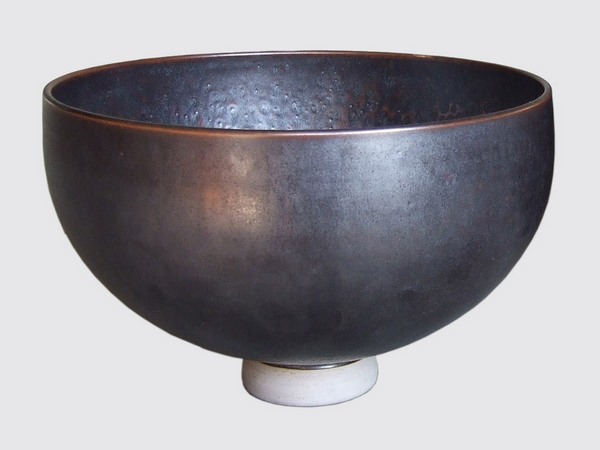

Marston Blow, who is currently resides in Western North Carolina, runs Ceramic Song, and creates inspired clay vessels, ceramic singing bowls, and sculpture. The base of Blow’s bowls are just enough to hold on to, and the sounds from the smooth, red clay she employs is rich, warm, and full of the energetics of earth and fire.
Personality
Crystal singing bowls have a strong, resonant notes and clear harmonics, and long sonic decay. Himalayan/alloy bowls have a bit more variance in their tonal strength, more complexity to their harmonics, and a variance in the sonic decay, much of which relies on the composition of the alloy, the shape and thickness of the bowl, and the way it is struck. In this way, ceramic singing bowls resemble their alloy cousins—the type of clay, thickness and dimension, and glaze make or break the sound of a pottery bowl.
Our bowls, from Marston Blow, each have their own personality, notes, and resonance. The first of the three, and our introduction to Marston’s work, is glazed in colors of the sea and bears the carved detail of a dragon. She is Sea Dragon (also called Ranarop) and her note is G#4 at 407 Hz. This bowl holds a special place in Jenn’s heart, not only because it was the first of the ceramic bowls, but also because it was the first instrument to coax overtone/polyphonic singing from her own voice. If the chakra theory holds true, the blue and the G note and the sea affinity may have helped to release a blockage in the throat and vocal instrument of our lead practitioner.
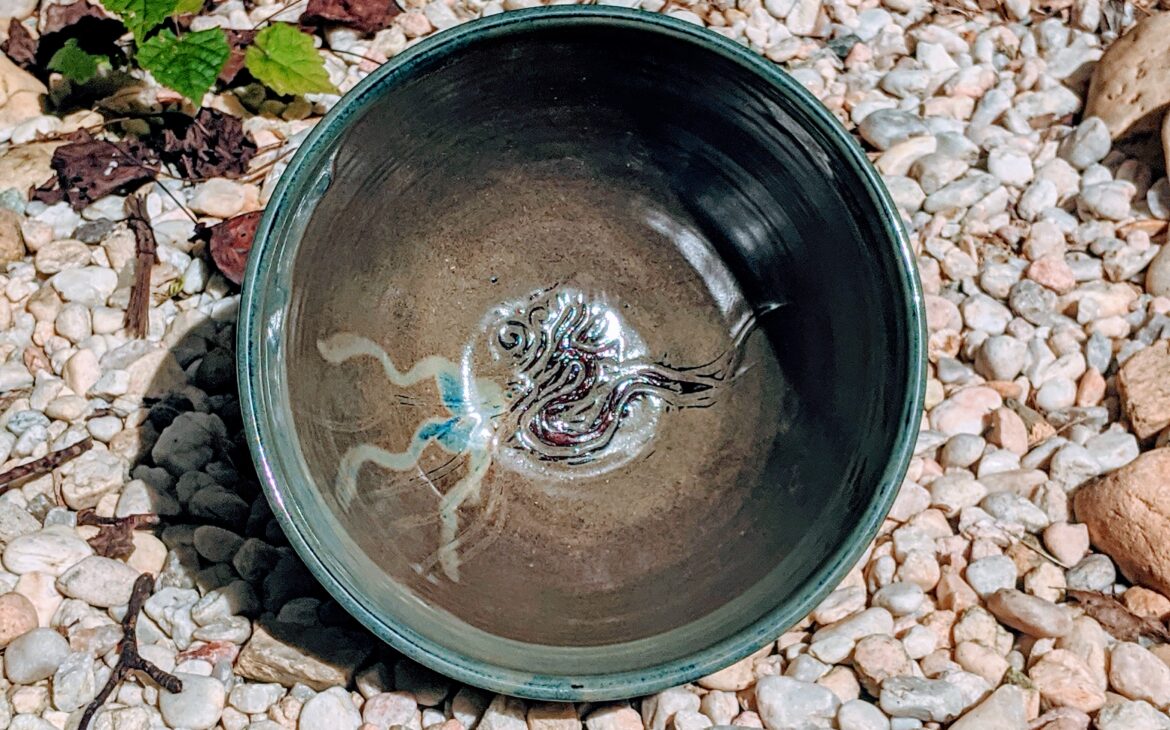

Sea Dragon soon had a companion, who wears the blue of a midsummer sky and has a bee in flight as her decoration. Honey Bee (also called Melissae) sounds only a half-step higher than Sea Dragon, on F4 at 350 Hz. This bowl is a connector, a gentle heart opener, and a reminder that we human ones rely on pollinators for our food and livelihood.
The most recent addition is one who does not often seek the spotlight and is quite unassuming in this way. Glazed in a velvety brown, this one has yet to share its name, and has a simple spiral adorning its base. The rim has a slight irregularity, which makes the sound “wobble” or spiral as well. When chimed, the note is A3 at 222 Hz, and clear like a temple bell.
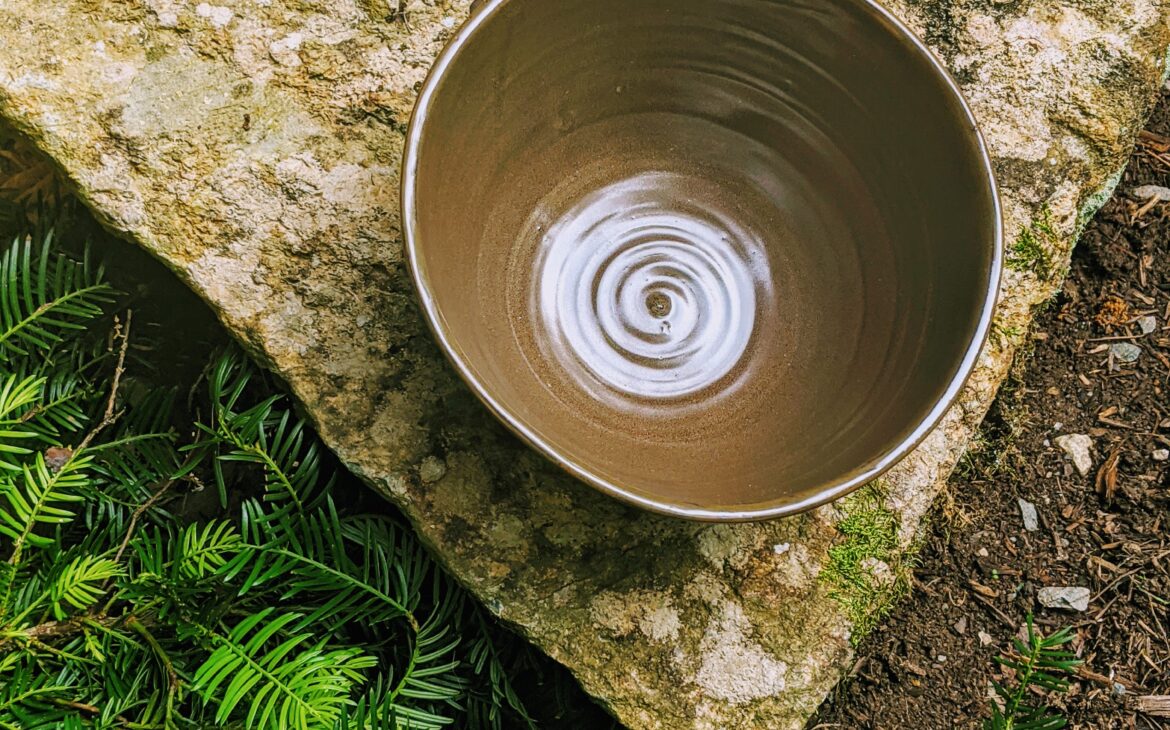
Points of Interest
Here are some videos of Marston Blow and Laurent Merchant.

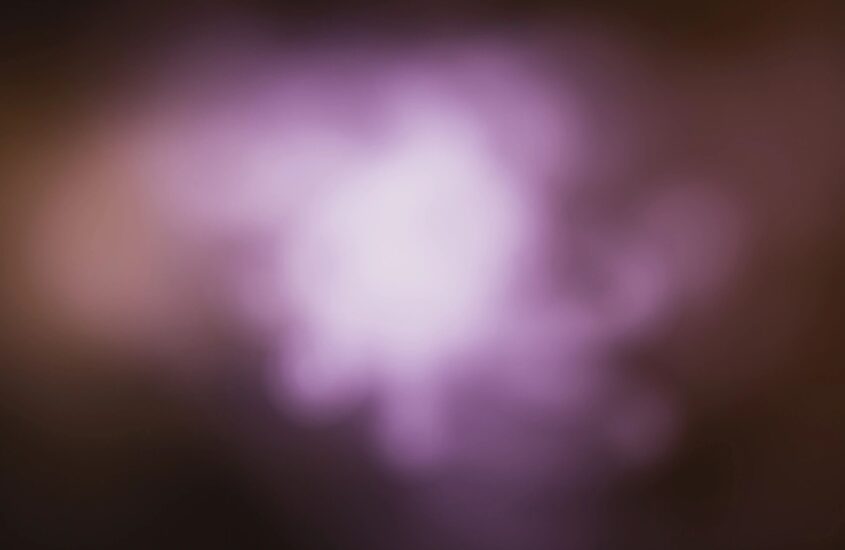
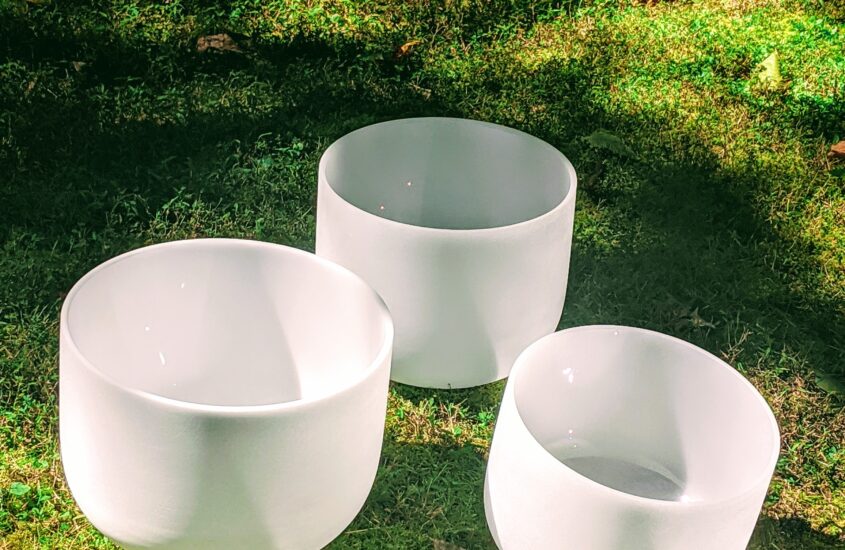
Frequencies